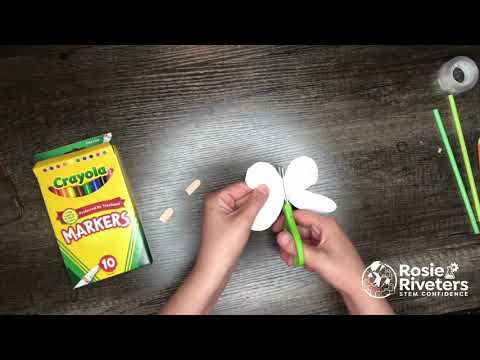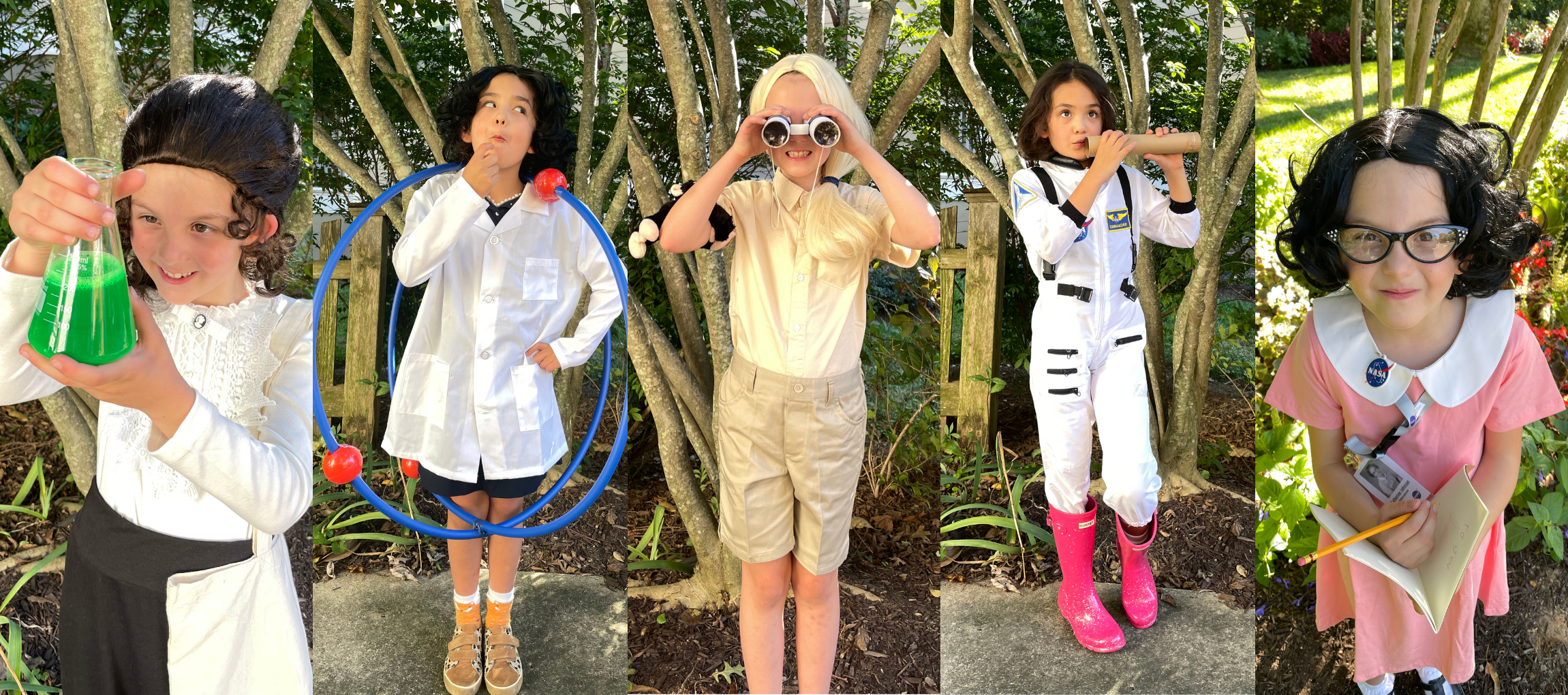Welcome to the Sling Shot Rockets Project! This guide is designed to introduce students to the principles of force, motion, and energy through a hands-on activity where they will build and launch their own rockets using a slingshot mechanism. The project aims to give students a deeper understanding of Newton’s Laws of Motion and energy transformation, demonstrating how forces work together to create movement and how potential energy is converted into kinetic energy.
How This Guide is Structured:
Conclude the session by discussing how understanding forces and energy is crucial for fields like engineering, aerospace, and automotive design. Highlight how the principles they explored are used to solve challenges in space exploration, transportation, and even sports.
Teacher Script for Students:
A ready-to-use script that explains the core science concepts behind the project, including Newton’s Laws and energy transformation. Feel free to read it directly to your students or adapt it to suit your teaching style.
Key Concepts and Learning Goals:
Students will learn about Newton’s Three Laws of Motion and how they apply to real-world objects, such as rockets. They will see how forces like tension, gravity, and friction affect the motion of their rockets.
The project also introduces energy transformation, showing how stored (potential) energy is converted into movement (kinetic energy).
Hands-On Experimentation:
Students will build rockets using materials like straws, tape, fins, and small weights, and then launch them using a simple slingshot mechanism. As they experiment with their designs, they will see how changes in force, weight, and angle affect the flight path.
Encourage students to test and modify their rockets, experimenting with different designs to see what makes them fly farther, faster, or straighter.
Discussion and Reflection:
After building and launching their rockets, guide students through a discussion about how Newton’s Laws were demonstrated through their experiments.
Use reflection prompts to help students connect these principles to real-world examples, such as how engineers design actual rockets and vehicles that rely on these same laws of physics.
Wrap-Up and Real-World Connections:
Conclude the session by discussing how understanding forces and energy is crucial for fields like engineering, aerospace, and automotive design. Highlight how the principles they explored are used to solve challenges in space exploration, transportation, and even sports.
Today, we’re going to learn about how things move and why they move by building and launching our very own sling-shot rockets. But first, let’s quickly go over a few key ideas:
Teacher Script for Student
- Newton’s First Law (Inertia): Objects want to keep doing what they’re already doing — staying still or moving — unless something changes that. Imagine riding a bike and hitting the brakes; your body still wants to move forward. That’s inertia!
- Newton’s Second Law (Force & Acceleration): The heavier something is, the harder you need to push it to get it moving. Think about pushing an empty shopping cart versus one filled with groceries. The full cart needs more force!
- Newton’s Third Law (Action & Reaction): For every action, there’s an equal and opposite reaction. When you jump off a boat, you push the boat backward as you move forward.
- Potential & Kinetic Energy: Pulling back a slingshot stores potential energy, like winding up a spring. Letting it go turns that into kinetic energy, which makes the rocket fly!
Building & Launching:
- Attach rubber bands to the launcher. Pulling the rubber band back creates potential energy, and letting go converts it into kinetic energy, sending your rocket soaring.
Things to Think About:
As you build and launch, keep these questions in mind:
- How far can you make your rocket fly? Does pulling back more make it go farther? Why?
- What happens if you add or change something on your rocket, like extra fins or more weight?
- Does adding weight affect how the rocket flies? Remember, Newton’s Second Law says heavier objects need more force.
Feel free to experiment! Tweak your designs, try new things, and see what happens.
Discussion & Wrap-Up:
Now, let’s connect what we’ve seen:
- If your rocket stayed still on the table until you picked it up, that’s Newton’s First Law — inertia.
- If a heavier rocket needed a stronger pull to fly, that’s Newton’s Second Law — more mass means more force.
- When you released the slingshot, it pushed the rocket forward — that’s Newton’s Third Law — action and reaction.
- And, of course, we saw potential energy turn into kinetic energy every time we launched!
To wrap it up, let’s share what we learned. Did anyone try a new design that worked well? Or maybe something surprising happened? How do you think these ideas show up in real life, like in rockets or cars?
Thanks for all your creativity and effort today! Remember, science is about experimenting, exploring, and having fun. Keep asking questions and trying new things — who knows, maybe one day you’ll be sending rockets to Mars!




